Leonardo da Vinci as artist, scientist and engineer
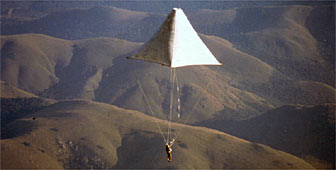
After travelling the world for five years, the ambitious exhibition "Leonardo da Vinci - scientist, inventor and artist" has arrived in Switzerland for its final showing.
The 250 exhibits cover all the fields of science, engineering and the arts to which Leonardo (1452-1519) applied his vision.
The exhibition, which has already been seen by three million visitors in 11 cities in Europe, the United States, Asia and South Africa since it began its tour in Germany in 1994, tries to acquaint a wider public with Leonardo’s approach to nature and mankind.
It runs at the Swiss National Museum (Landesmuseum) in Zurich from September 2 until January 7, 2001.
“There have been many Leonardo exhibitions during the last 50 years”, said Otto Letze, creator of the exhibition and director of the Institute of Cultural Exchange in Tübingen, Germany. “All of them focused on a particular aspect of Leonardo’s work – his paintings, mostly. We, however, combine them all.”
Throughout its journey, the exhibition has received good reviews for being user-friendly. The visitor is not confronted with reams of explanatory text. Instead, each section is fitted with a multimedia console at which visitors can choose to hear or see more details on the displays.
The sections range from Leonardo’s life to his anatomical research – Leonardo secretly dissected human bodies – as well as his work as an engineer, inventor of machines and clocks, and his paintings and sculpture.
Many of his inventions are not only shown as manuscripts and drawings, but were actually constructed as live models for the exhibition. Most can be manipulated – an attraction popular with young visitors and schools.
Models of Leonardo’s spring-powered automobile and of his hang-glider can be admired, as well as inventions which were practical during his lifetime – like printing presses, a coin stamping machine, and an odometer (a machine for measuring distance).
“The beauty of Leonardo’s inventions lies in their simplicity,” Letze told swissinfo. “It is very educational – for instance, children admire and understand how Leonardo’s large leaf-spring clock works.”
Letze said it was his ambition to create an exhibition not only for an elite interested in the Arts, but to render the life of Leonardo accessible to as great a number of people as possible.
“Leonardo, who was curious of nature to the point of obsession, always put his very accurate observations back into context through his artwork”, Letze says. “It is an achievement which has a bearing on our present time, when many question the specialist approach of modern life and seek a holistic one.”
Earlier this year, the exhibition’s organisers co-operated with the University of Oxford on a spectacular project. Experts at the University helped construct Leonardo’s famous pyramid-shaped parachute – and let it fly over South Africa for the first time since it was conceived more than 500 years ago. A video of the experiment can be viewed in Zurich.
The British parachutist, Adrian Nicholas, who was present at a news conference for the opening of the exhibition in Zurich, spoke of his “thrill and amazement” when he realised, dropping from a hot-air balloon, that the 90 kg parachute worked. “We proved that the scientists who had claimed for centuries that it wouldn’t work were wrong”, Nicholas told swissinfo.
As at all the previous stops, the organisers managed to attract some new original works for the final leg of the exhibition in Zurich. The library of Basel University lent a page of Leonardo’s Codex Atlanticus, and six paintings were lent by two private collectors in Switzerland and in the US.
Carlo Pedretti, professor at the University of California and a leading Leonardo scholar, said the exhibition was also of value to scholars. A number of Leonardo’s works, which had been kept hidden by their unknown owners, have been made public for the first time since the exhibition started its tour.
Pedretti hinted in an interview with swissinfo that he had knowledge of a number of works and manuscripts which were still hidden in Swiss bank vaults, but whose owners, probably Italians, had refused so far to come forward for tax reasons.
“Leonardo da Vinci – scientist, inventor and artist” is sponsored by a German maker of luxury cars and a leading Swiss watchmaker. For this reason the exhibition started its world tour in 1994 in Speyer, Germany, and concludes it in Zurich.
by Markus Haefliger

In compliance with the JTI standards
More: SWI swissinfo.ch certified by the Journalism Trust Initiative
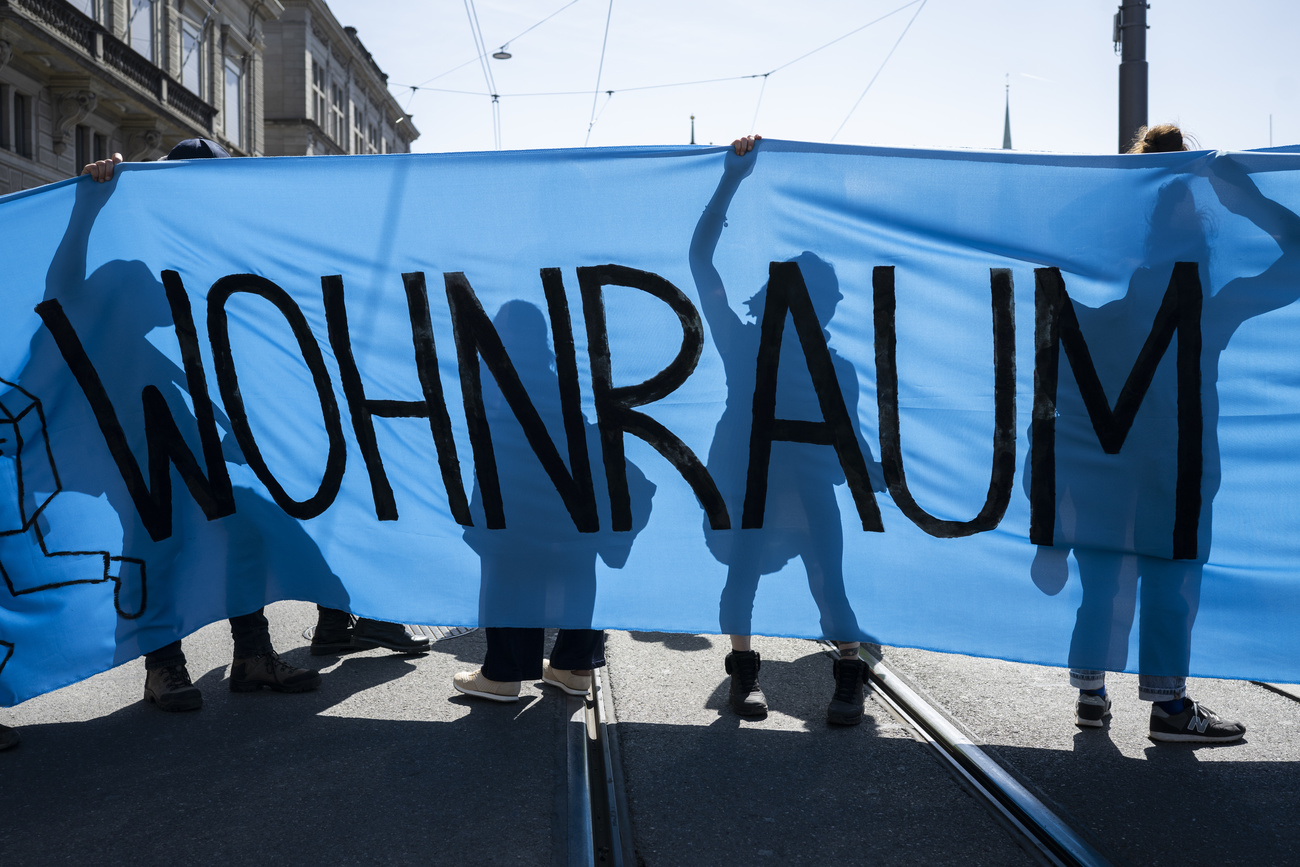
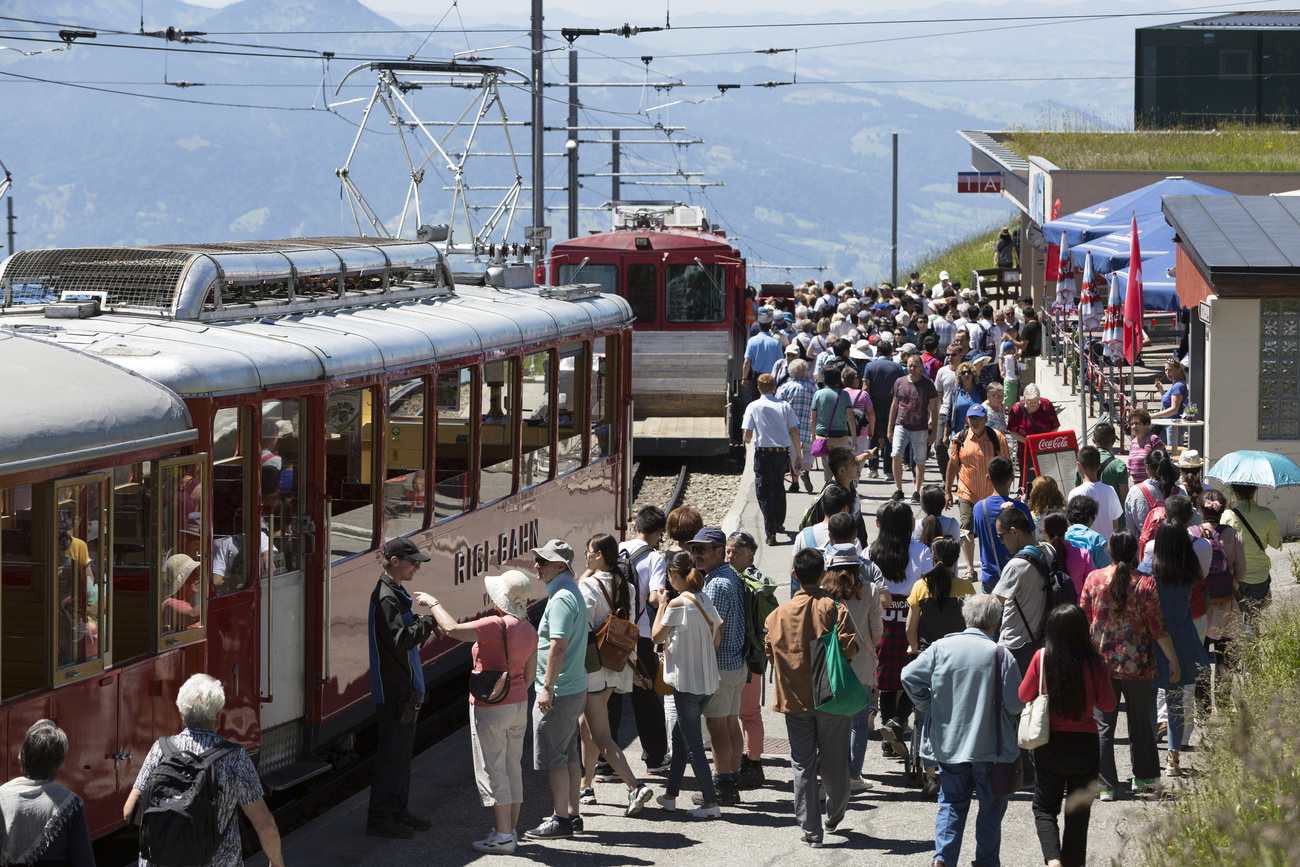
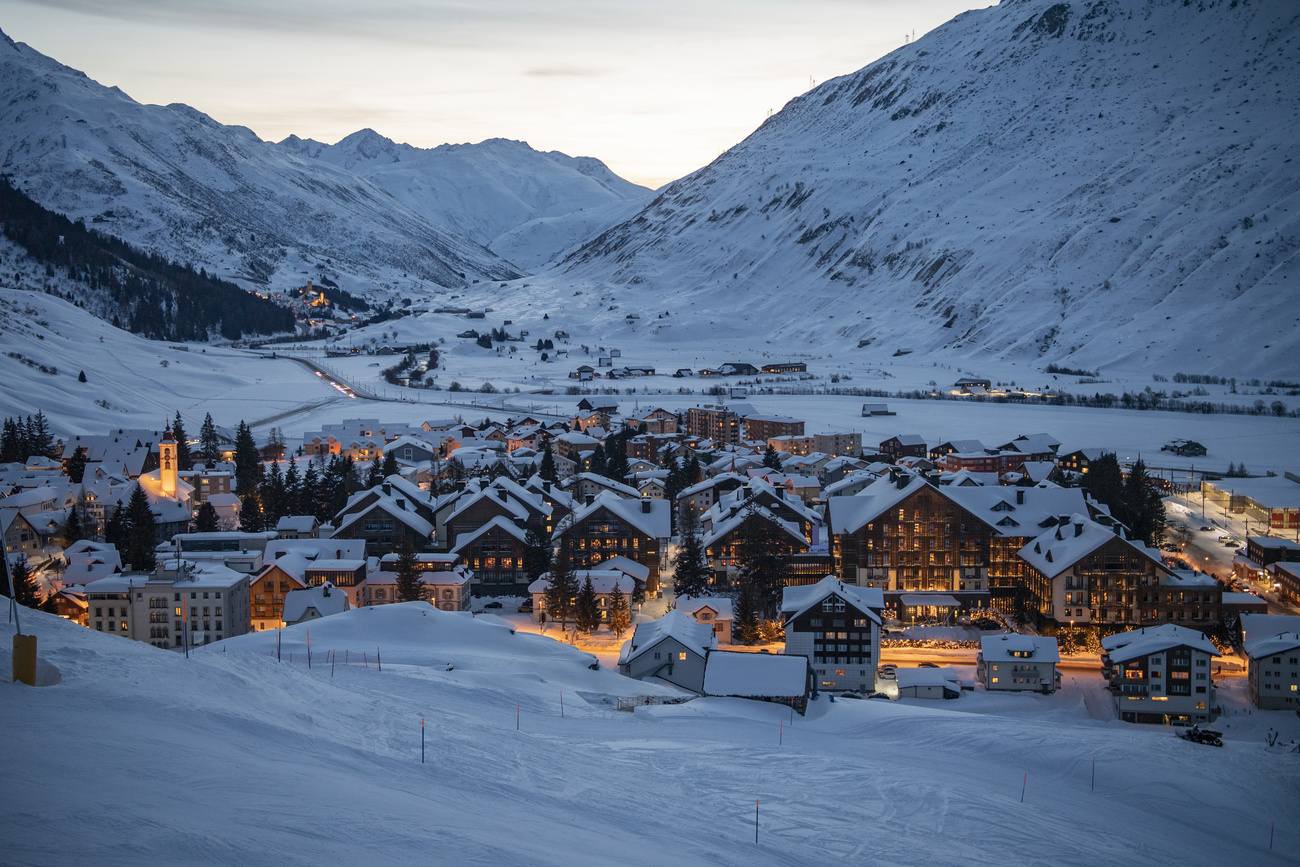

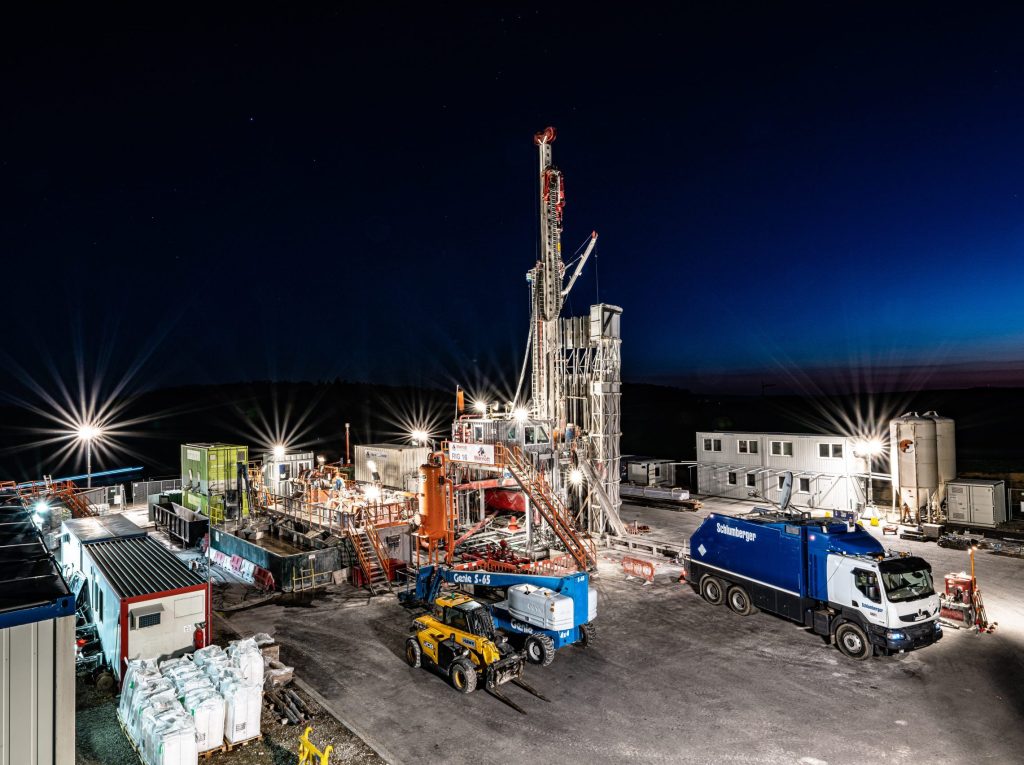



You can find an overview of ongoing debates with our journalists here . Please join us!
If you want to start a conversation about a topic raised in this article or want to report factual errors, email us at english@swissinfo.ch.